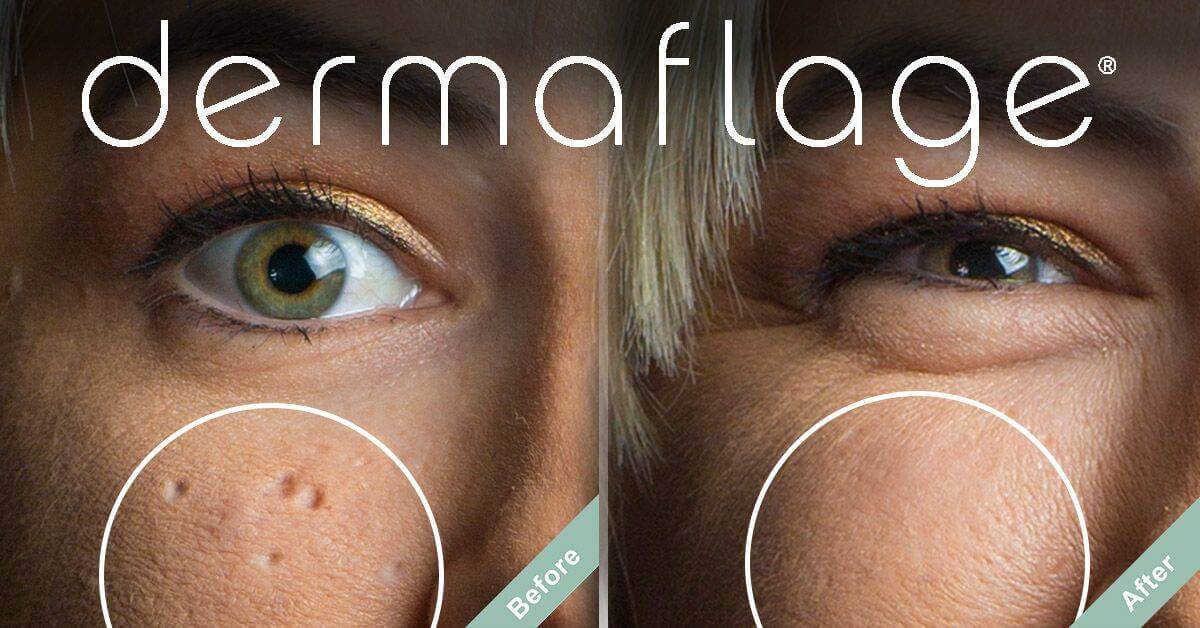
The aforementioned evaluation was performed by 2 independent observers. First, patients' scars were photographed and evaluated using the Vancouver Scar Scale (VSS), for which their vascularity, pigmentation, pliability, height, pain, and itchiness were measured as outcomes ( Table 1) ( 6, 9). The arms were categorized as Group I (n=15) and II (n=15), respectively. Consequently, we conducted this prospective study to examine both the efficacy and the convenience of each product.Īll patients were randomly assigned to and equally distributed between 2 treatment arms (treatment with either a silicone gel sheet or a topical silicone gel ). Few studies have compared the effectiveness of topical silicone gels to that of silicone gel sheets in surgical scar prevention.

Furthermore, patients have to take extra sunsceen precautions to prevent hyperpigmentation, and must also apply topical silicone gels to scars multiple times per day ( 4, 8). On the other hand, topical silicone gels take time to completely dry ( 4).
SILICONE SCAR SHEETS SKIN
Moreover, the sheets cannot achieve and maintain adequate contact with scars when applied to the skin with an irregular contour ( 3). Specifically, silicone gel sheets are disadvantageous because they cannot be applied to mobile or visible areas of the body, and require additional taping or bandaging ( 3, 4). However, both have known limitations and can be inconvenient for patients to use, thus posing a risk of to misuse or treatment interruption. Of these, silicone gel sheets and topical silicone gels are the most popular forms ( 5, 6, 7).

Currently, several types of silicone-based products are available for clinical use ( 5). However, in certain randomized, controlled studies, these products were significantly effective in reducing postoperative incision wound scarring ( 1, 2, 3, 4). To date, a substantial number of studies have assessed the efficacy of these products in preventing scars, but have reached no definitive conclusions. Using these products is cost- and time-effective, as well as more convenient and comfortable for patients. Silicone-based products are widely used to limit pathologic scars. The authors recommend that, when clinicians have a choice of silicone-based products for scar prevention, they should focus on each patient's scar location, lifestyle, and willingness to undergo scar prevention treatment. While previous studies have advocated for silicone gel sheets as first-line therapies in postoperative scar management, we maintain that similar effects can be expected with topical silicone gel. Our results reveal not only that no significant difference in efficacy exists between the 2 products but also that topical silicone gels are more convenient to use. Vancouver Scar Scale (VSS) scores were obtained for all patients in addition, participants completed scoring patient questionnaires 1 and 3 months after treatment onset. These participants were randomly assigned to 2 treatment arms: one for treatment with a silicone gel sheet, and the other for treatment with a topical silicone gel. We enrolled 30 patients who had undergone a surgical procedure 2 weeks to 3 months before joining the study. In this prospective study, we compared the efficacy and the convenience of use of the 2 products. To date, few studies have compared the effectiveness of topical silicone gels versus that of silicone gel sheets in preventing scars.


 0 kommentar(er)
0 kommentar(er)
